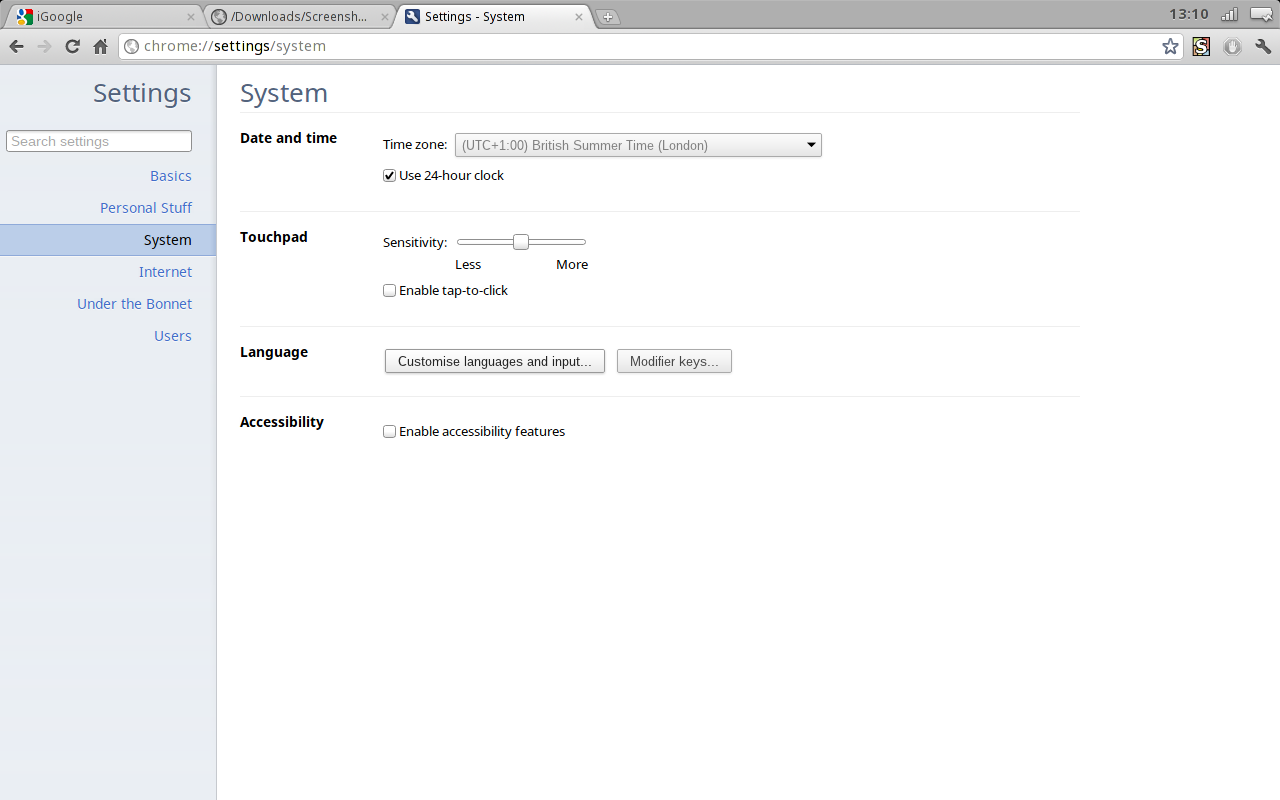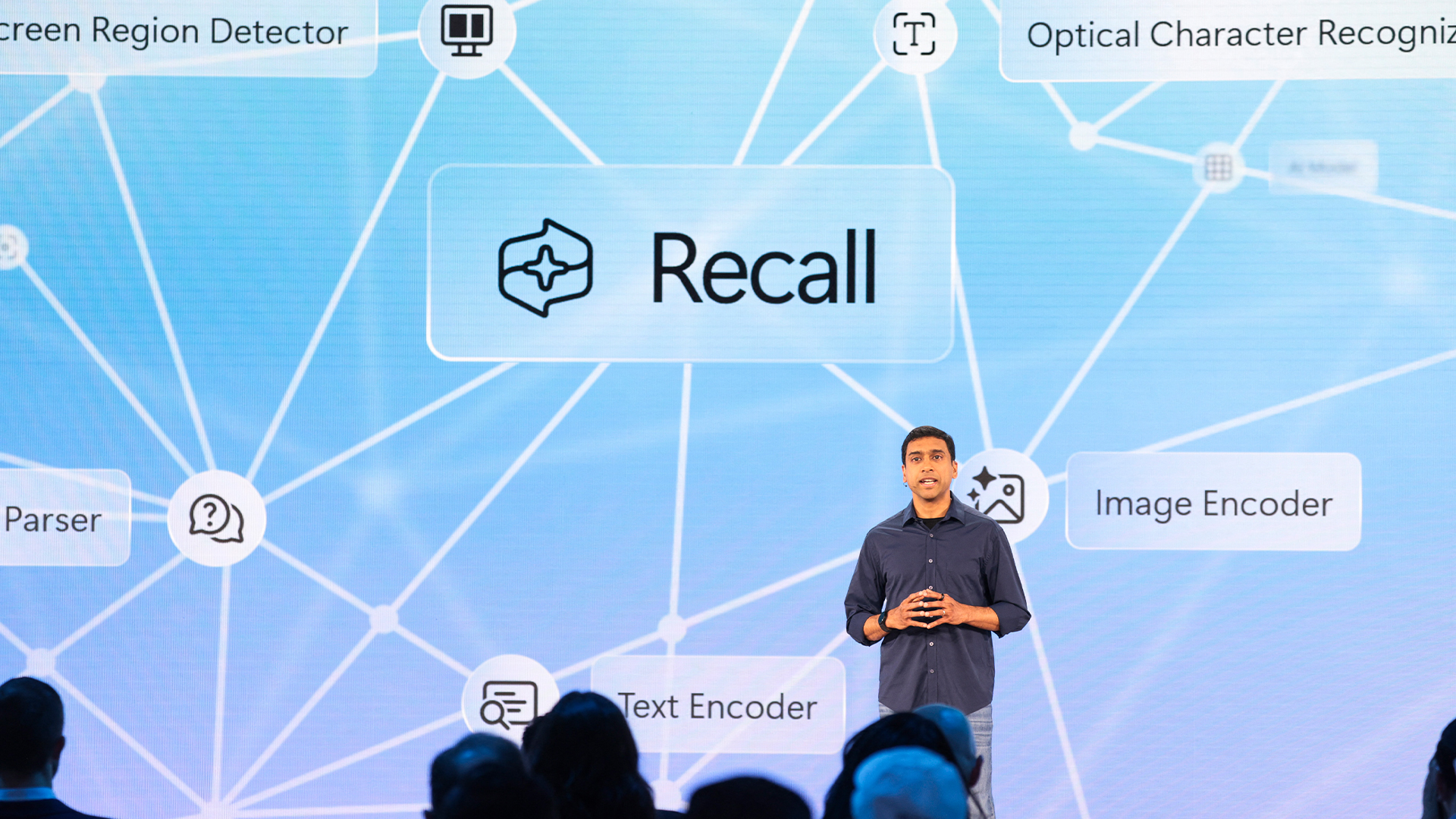Samsung Chromebook Series 5 review
As the first laptop to come pre-loaded with Chrome OS, Samsung's Series 5 Chromebook has certainly made an impression, but is it right for business? Tom Morgan and Alan Lu take an in-depth look.
As a thin client, Chrome OS is mostly a success; its ability to work solely within the cloud means it's very well locked down, but this also means it's entirely dependent on an internet connection. Without one, its usefulness is currently severely restricted. If these two points aren’t an issue, it is an excellent way to reduce your hardware acquisition and support costs over the equivalent Windows machine, but even so given the current limitations and restrictions in the design of Chrome OS we would think very, very carefully before committing to even a small-scale deployment.
Chrome OS is as big a departure from the traditional Windows PC as it's possible to be; little more than a self-contained web browser, Google's cloud-based operating system is entirely dependent on internet access in order to function. When you first power up the Samsung Chomebook Series 5, the first and so-far only Chrome OS netbook, you're prompted to connect to a wireless access point and enter your Google account details. Colleagues and friends can also use your Chromebook by logging into their own Google accounts if they log in as a Guest then their settings, browser history etc won't be saved. Only once you've met these requirements will you be able to access the operating system proper.
Little more than a self-contained web browser, Google's cloud-based operating system is entirely dependent on internet access in order to function.
Getting down to business
After you've logged in, the basic interface is almost identical to the Windows version of Chrome; tabs are at the top with an address bar and optional bookmarks bar underneath, and that's pretty much it. Immediately obvious is the lack of a close window icon in the top right corner of the screen. There's nothing behind the browser window, save for the terminal back-end. Instead, you're reliant on the cloud for every task. All your profile settings, tabs, extensions and bookmarks are synced with your Google account, so there's no need to add them all manually, but from then onwards you're on your own.

The Chrome OS interface is almost identical to the interface of the Windows version of the Chrome web browser right down to the preferences pages.
If the mention of a terminal gets you excited, then you may be disappointed to learn that unlike a traditional Linux kernel, the user-accessible Crosh shell does not allow root access or the execution of Sudo commands. To enable them, a small switch on the side of the Chromebook Series 5 will enable developer mode; with a copy of Chrome OS on a USB drive, you can flash the firmware with a version that will let you change more advanced settings.
Get the ITPro daily newsletter
Sign up today and you will receive a free copy of our Future Focus 2025 report - the leading guidance on AI, cybersecurity and other IT challenges as per 700+ senior executives
-
 Third time lucky? Microsoft finally begins roll-out of controversial Recall feature
Third time lucky? Microsoft finally begins roll-out of controversial Recall featureNews The Windows Recall feature has been plagued by setbacks and backlash from security professionals
By Emma Woollacott Published
-
 The UK government wants quantum technology out of the lab and in the hands of enterprises
The UK government wants quantum technology out of the lab and in the hands of enterprisesNews The UK government has unveiled plans to invest £121 million in quantum computing projects in an effort to drive real-world applications and adoption rates.
By Emma Woollacott Published
-
 Businesses are taking their eye off the ball with vulnerability patching
Businesses are taking their eye off the ball with vulnerability patchingNews Security leaders are overconfident in their organization’s security posture while allowing vulnerability patching to fall by the wayside.
By Jane McCallion Published